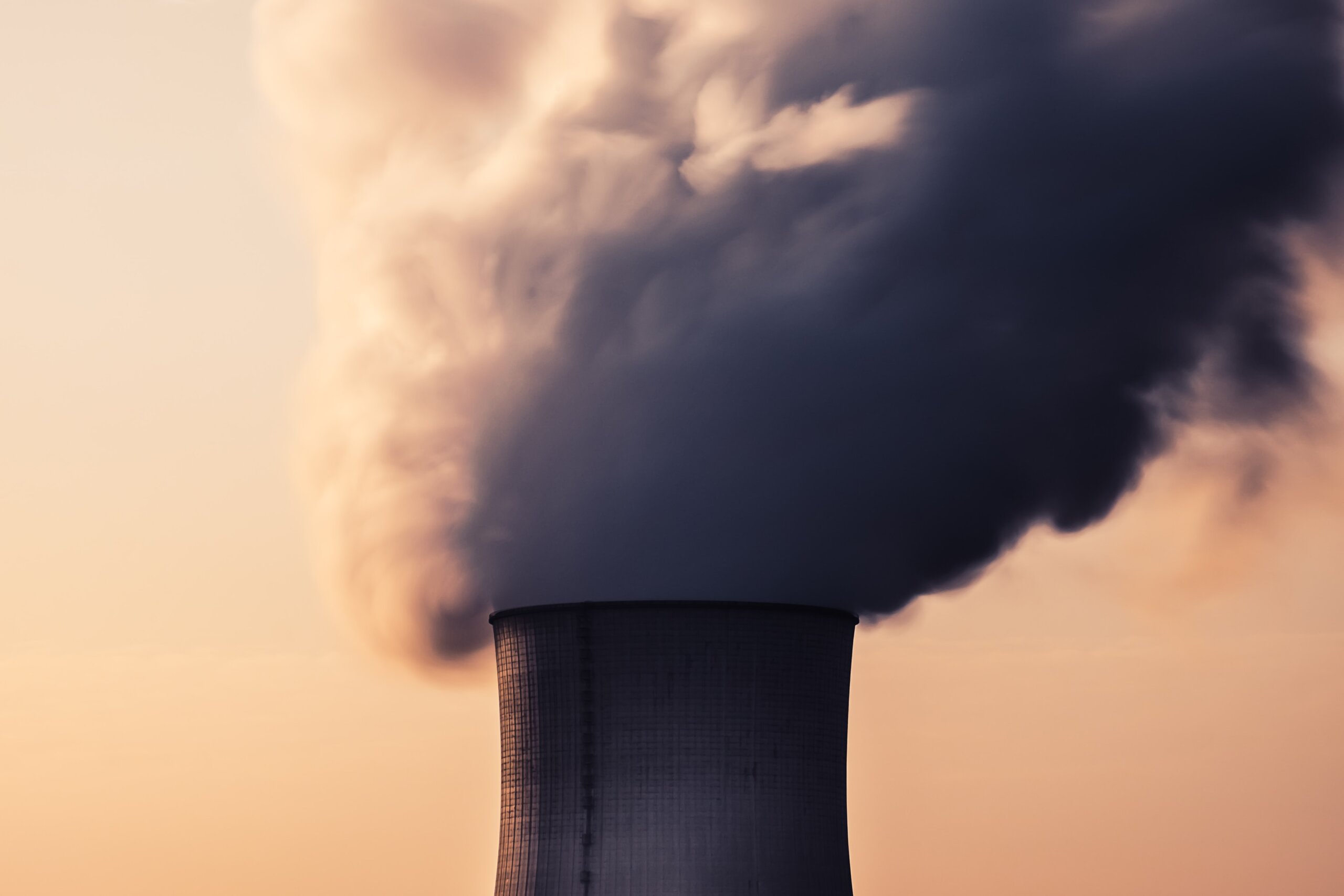The PR departments of Australia’s power stations might prefer we didn’t track their emissions of 93 toxic substances.
But we think everyone who breathes air has a right to know about – and stop – toxic contamination.
That’s why we’ve spent the last few days carefully sifting through the 2021-22 data from the National Pollution Inventory (NPI).
What we found is seriously concerning.
What is the National Pollution Inventory?
Each year, Australia’s power stations, mines and manufacturing plants are required to report on how much toxic pollution they are emitting into the air we breathe, the water we drink and the soil that grows our food. This data forms the National Pollutant Inventory (NPI) – Australia’s annual report on toxic pollution.
What does the latest data show?
Our analysis of coal-fired power stations in Victoria and NSW found that although they are producing less electricity, some of their most toxic pollution is actually getting worse.
The data shows these power stations are currently spewing out higher levels of mercury, PM2.5 and PM10 particle pollution and sulfur dioxide. Breathing in these invisible killers – or eating food contaminated with them – can lead to a lifetime of health complications.
Victoria
Victoria’s three power stations – Yallourn, Loy Yang A and Loy Yang B – produced 5% less electricity than in the past, but contaminated our air with:
- 1050kg of mercury – a heavy metal that permanently damages human brains and kidneys and is especially harmful to children. Latrobe Valley’s three power stations are the worst in Australia for mercury emissions.
- A 10% increase in fine particle pollution PM2.5 and 11% increase in PM10 – tiny particles that are picked up by the wind and carried long distances. When inhaled, these toxic particles go deep into people’s lungs and bloodstream.
- Sulfur dioxide pollution from Loy Yang B was also up 22%. Inhaling sulfur dioxide is associated with increased respiratory symptoms and disease, difficulty in breathing, and premature death. It also has serious consequences for animal and plants.
New South Wales
Our analysis found that although NSW’s five coal-fired power stations are producing 7% less electricity:
- Mercury pollution from NSW power stations has surged by 18%. Mercury is a heavy metal that permanently damages human brains and kidneys and is especially harmful to children.
- Fine particle pollution (PM2.5) from NSW power stations has also increased. These tiny toxic particles are picked up by the wind and carried long distances. When inhaled, they go deep into people’s lungs and bloodstream.
- Vales Point Power Station recorded a 6% increase in nitrogen oxide pollution and has received another exemption from NSW’s EPA allowing it to continue polluting above limits in clean air laws for nitrogen oxide pollution.
Take action
We believe it’s not enough just to track toxic pollution – governments need to step in to actively control it.
The NPI data is another indictment against a coal-fired power industry that already stands on shaky grounds.
But it’s also a critical reminder of the very real, ongoing consequences for community health – and an unmissable call for all of us to act.

